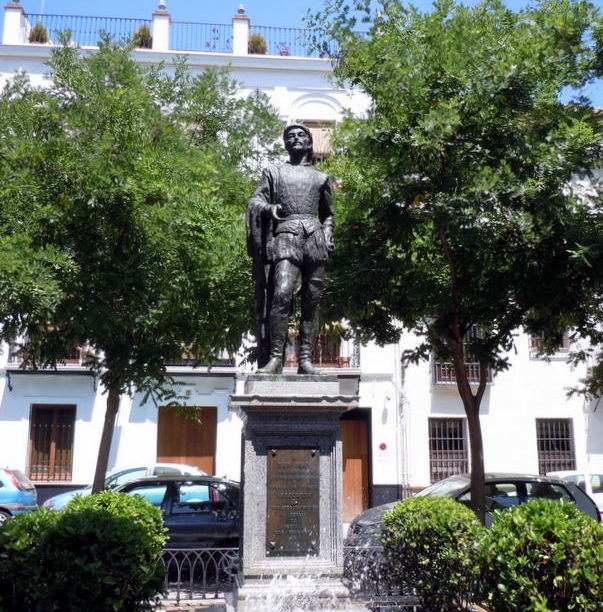
Statue of Don Juan
Did you know that there are more operas set in Seville than in any other city in Europe? As well as a number of minor works, three great stories have been the source of a huge number of operas (and books and plays, too). Who hasn’t heard of Don Juan (Don Giovanni), Figaro (the Barber of Seville), or Carmen, the gypsy girl who works at the Royal Tobacco Factory? The stories and the characters are timeless, and resonate through the ages, and even today new works based on them, and their themes of freedom, revenge, love and jealousy continue to be written. The great age of opera composition, however, was the late 18th and early 19th centuries, when some of the most famous works, such as those of Rossini and Mozart were written. By this time the “Golden Age” of Seville was already over, and these operas were set in a city that had become distant from the centres of cosmopolitan culture in Paris and Vienna, almost on the edge of the world, but still remembered for the time when it was the richest city in Europe. It was consequently a great stage, partly mythical, partly real, on which grand dramas could be played out.
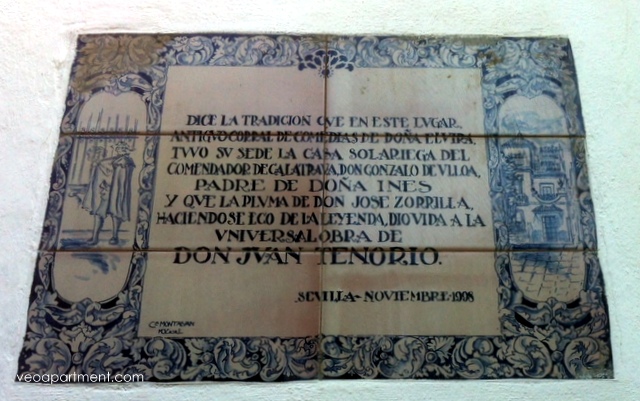
Commemorative Plaque in Plaza Doña Elvira
Seville today still has something of the same character. On the one hand it’s a modern, working city, a place where people live and work, but as you stroll around the narrow streets and pretty squares of the historic centre it’s another place, too, a place where the stories of the past linger on. Beautiful and historic, city of gardens and blue skies, dreaming palaces and rowdy taverns, bustling gateway to the new world, full of wealth and poverty, this Seville has captured the artistic and romantic imagination through the ages.
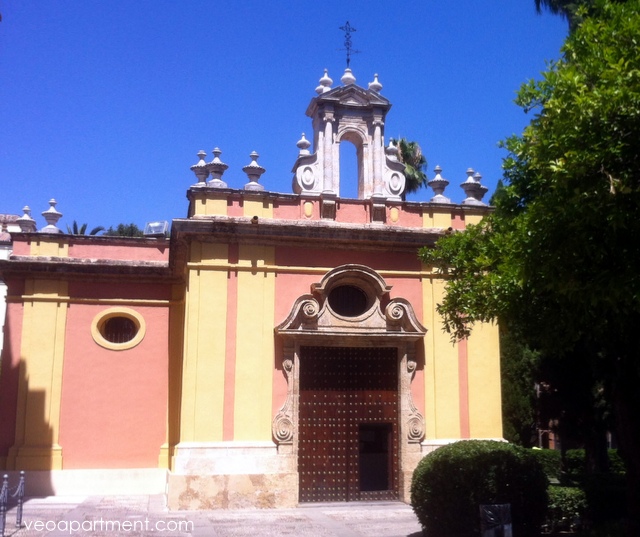
The Prison of the Royal Tobacco Factory
To be sure, you don’t need to have a great knowledge of opera, or even to have actually watched any of the operas that are set here, to follow in the footsteps of legendary characters. As you walk around Seville you may have noticed brass plaques bearing the legend “Seville city of opera” set into the pavement, and white china “plates” with operatic information on them placed nearby. These are part of a local initiative to introduce visitors to the magic of Seville by means of self-guided tours around the city’s operatic locations.
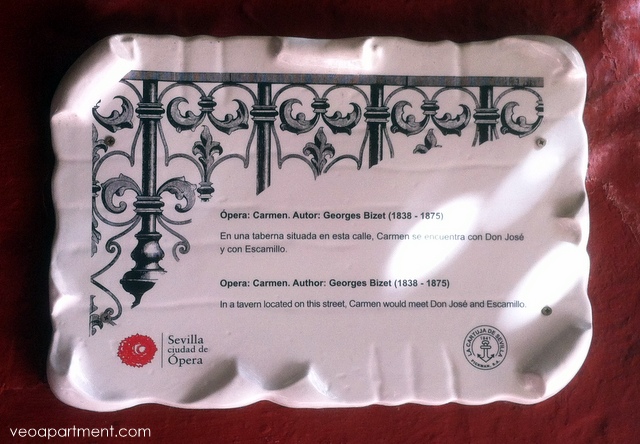
White China Information Plaque
For me, Seville is always an uncompleted work of the imagination, stretching into both the past and the future, and walking these routes is less about the operas themselves than about thinking yourself into the life and times of these characters from Seville’s mythic past. The itineraries can be found online here, together with background information about the key operas and places. For some light and entertaining operatic performances, Sevilla de Opera have a venue in the Arenal Market, with a show of excerpts from popular operas.
But don’t take it all too far. Unlike opera characters, who often find themselves in uncomfortable situations, you can retire at the end of the day to one of our very comfortable apartments without leaving the picturesque streets of our historic city.
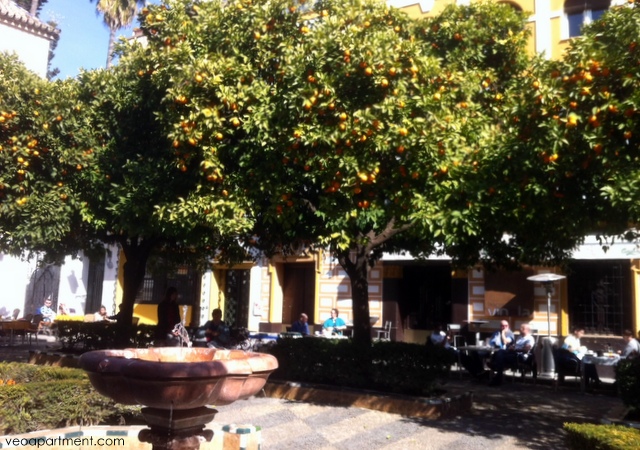 Doña Elvira Square
Doña Elvira Square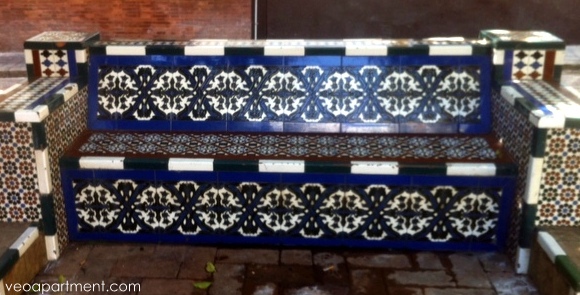 typical tiled bench
typical tiled bench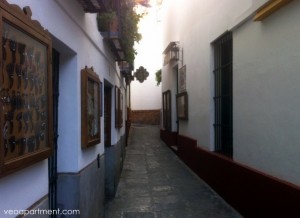 After Ferdinand III reconquered the city for the Christians in 1248, he allocated this neighbourhood to the Jews and enclosed it with high walls (the only remaining piece can be seen in Calle Fabiola). There was often tension between the Jewish and Christian communities, but in the years following the Black Death (1349) and the great earthquake of 1356, these tensions mounted until in 1391 the Christians went on a rampage through the Jewish quarter, looting, burning and killing. Most of the remaining Jews fled, or were scattered around the city.
After Ferdinand III reconquered the city for the Christians in 1248, he allocated this neighbourhood to the Jews and enclosed it with high walls (the only remaining piece can be seen in Calle Fabiola). There was often tension between the Jewish and Christian communities, but in the years following the Black Death (1349) and the great earthquake of 1356, these tensions mounted until in 1391 the Christians went on a rampage through the Jewish quarter, looting, burning and killing. Most of the remaining Jews fled, or were scattered around the city.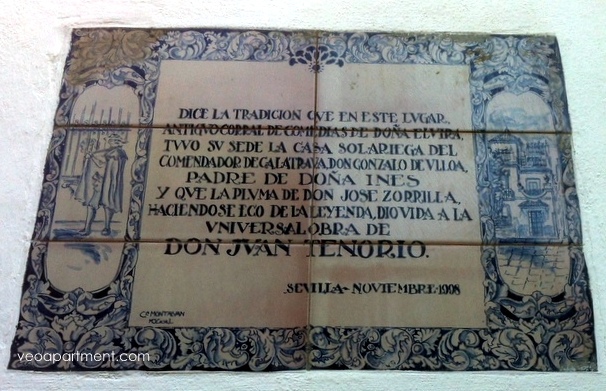 tiled plaque on the Doña Elvira house
tiled plaque on the Doña Elvira house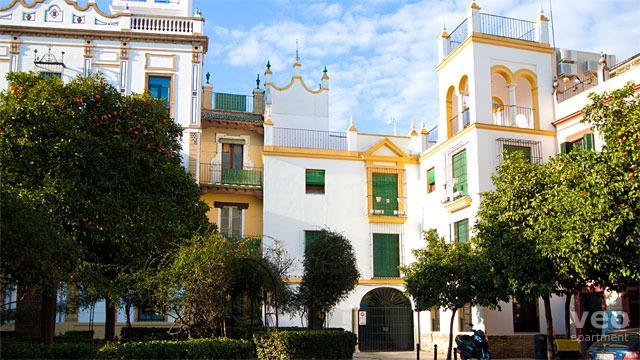 Plaza Santa Cruz
Plaza Santa Cruz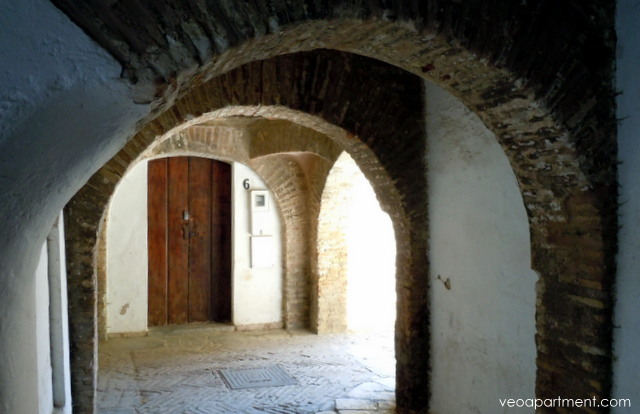 entrance to the Judería (Jewish quarter)
entrance to the Judería (Jewish quarter)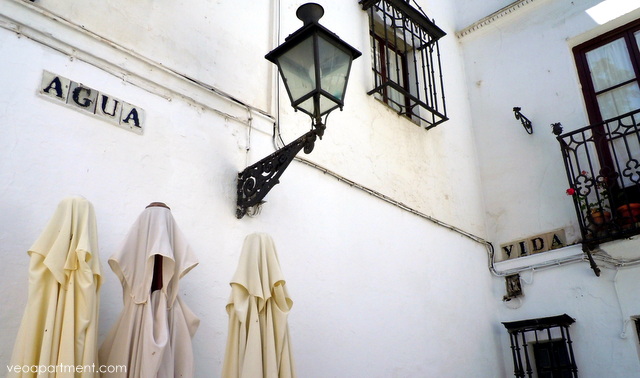 the corner of Agua & Vida (Water & Life)
the corner of Agua & Vida (Water & Life)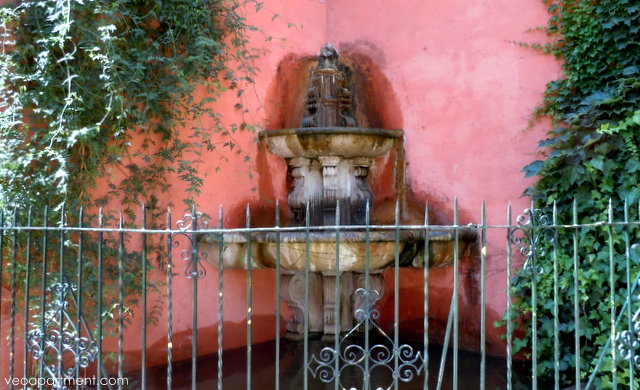 fountain against the Alcázar wall in calle Judería
fountain against the Alcázar wall in calle Judería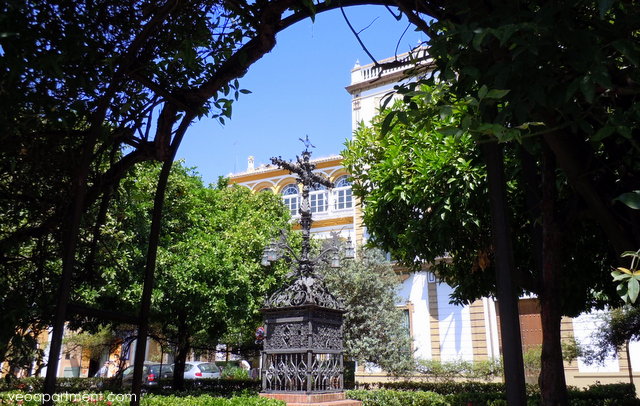 the Locksmith’s Cross in Plaza Santa Cruz
the Locksmith’s Cross in Plaza Santa Cruz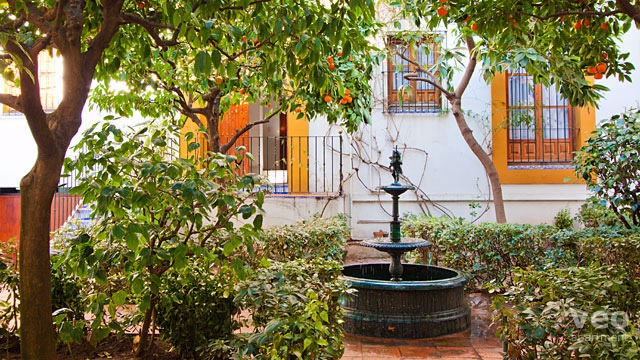 courtyard of our
courtyard of our 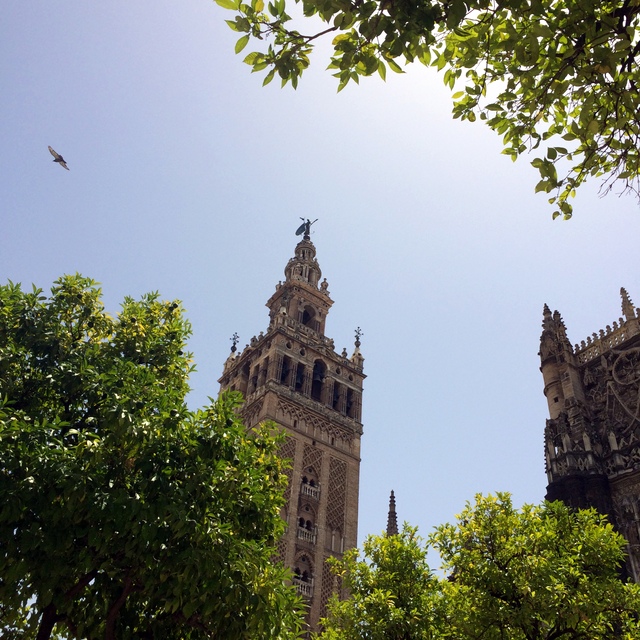
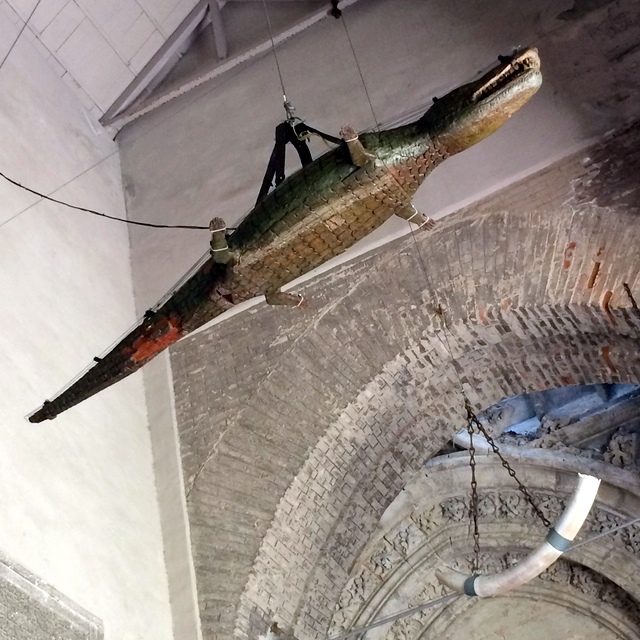
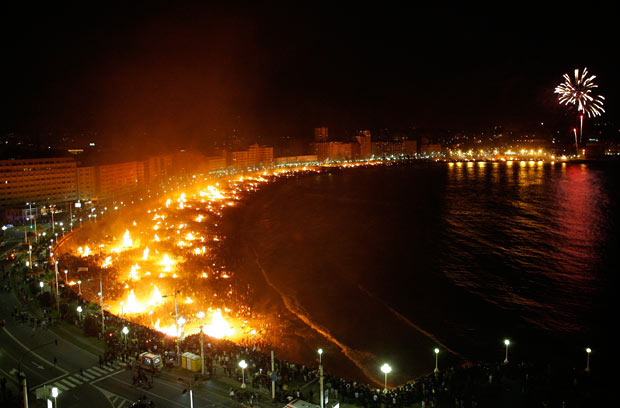 La Coruña – photo courtesy of
La Coruña – photo courtesy of 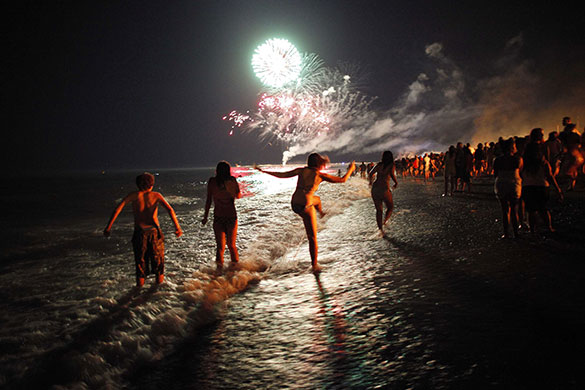 Malaga – photo courtesy of
Malaga – photo courtesy of